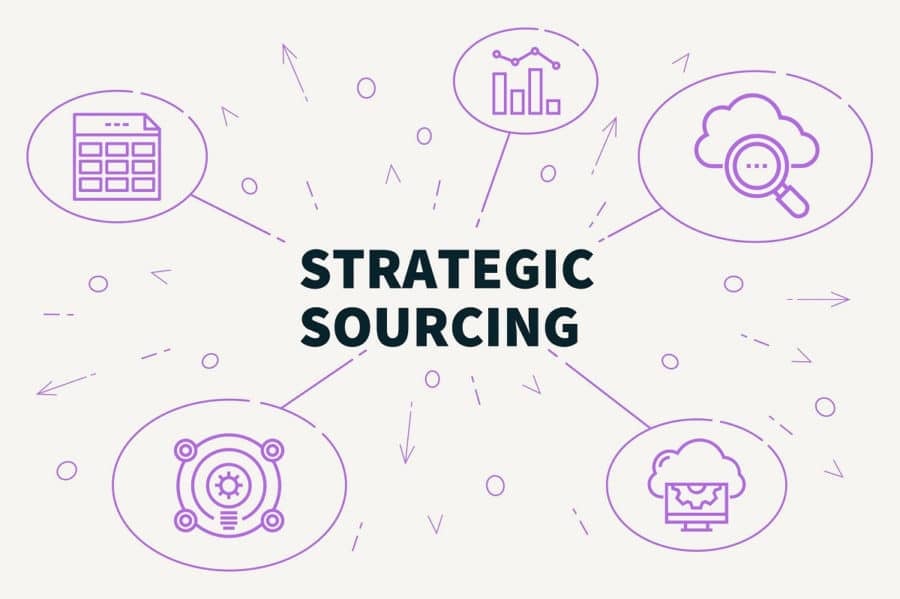How Does Strategic Sourcing Work?

The aim of strategic sourcing is to ensure the timely delivery of goods and services in line with an organisation’s business objectives, while reducing supply chain risks and costs. This activity requires collaboration across the company’s various divisions.
How Does Strategic Sourcing Work?
Organsations create the best strategic sourcing model for their business based on what is provided, either by working in-house or outsourcing to professionals. By doing so, organisations are able to devote more time to revenue-generating activities.
The sourcing process analyses what the organisation buys, from whom, how much and how often. The difference between strategic sourcing and conventional purchasing is that it focuses on the entire life-cycle of, rather than just the initial purchase.
The benefits of strategic sourcing
- Improve efficiency – by focusing on long-term planning, strategic sourcing allows leaders to focus on getting best value over the entire lifetime of the supply contract.
- Better Risk management – organisations can identify potential problems quickly by maintaining close supplier relationships. They are then able to respond accordingly
- Better supplier relationships – stronger Business relationships result in both sides working together towards a common goal. By focusing on strategic sourcing, future procurement needs can be established ahead of time to avoid situations that may damage the business.
- Clear future guidelines – strategic sourcing methods allow businesses to gather data and make informed decisions with a clearer understanding of the outcome, which enables them to better revaluate current contracts.
Supplier Benefits
- Enhanced cash-flow management – suppliers who engage in strategic sourcing can sell a large portion of their output, which improves planning and provides management with a long-term view of cash flow.
- Improved stability – strategic sourcing may result in supplier consolidation depending on the buyer. Using one supplier instead of several allows for a greater degree of stability in the supplier’s day-to-day operations
Strategic sourcing tips
- Use eSourcing – by automating and standardizing tender creation, distribution, collection, and storage, buyers can achieve greater efficiency than they could by handling tenders manually.
- Use contract management software – it is possible to manage tens of thousands of contracts with the help of contract management software by integrating information about preferred suppliers and capturing contract-specific information with custom fields. In the absence of the right contract management tools, supplier agreements can roll over into the next year, resulting in poor pricing and service terms.
- Track projected and realised savings – instead of using spreadsheets to measure and report savings, you can use a savings tracker solution to create forecasts of savings, create tracking documents, and generate reports to demonstrate value.

